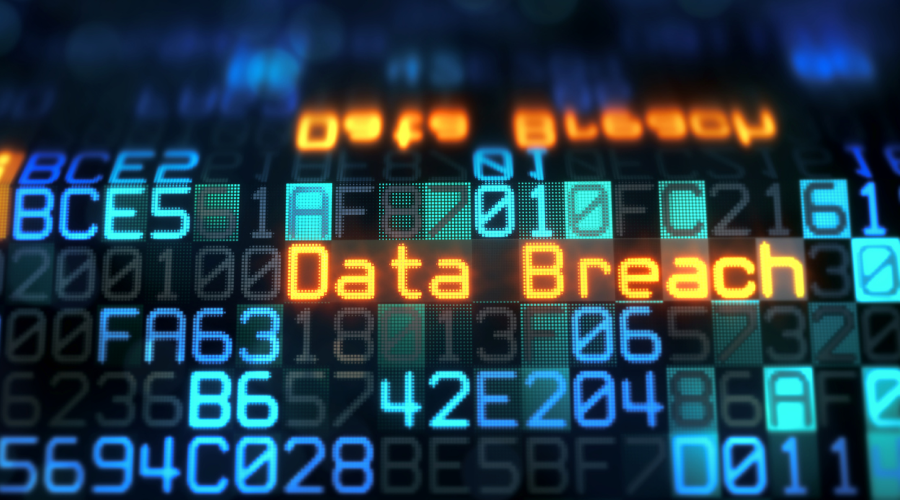Nearly Half of Companies Suffered a Data Breach. How Can You Protect Yours?
April 7, 2020

Why do CEOs get fired over a data breach?
Cybersecurity is in an odd spot.
On one hand, it is rightly considered as a key element to the success and stability of every organization out there. On the other hand, it always seems to be relegated to the back burner. Especially where the budget is concerned.
The problem is that the threat is invisible. It is known to be kind of out there, but you often contemplate the reality of its existence.
That is, until it hits you.
The survey conducted by Ponemon Research shows that 45% of companies admit to having a data breach in 2017. These numbers continue to grow annually, but for some reason organizations continue to doubt the gruesome reality of digital threats.
“There are only two kinds of companies in the world: those who have been hacked and those who didn’t realize it.”
— Former CTO at CIA, Gus Hunt
This suggests the logical question: What is the deal with the remaining 55%?
Are they still in the dark about a breach? Or are they just sitting ducks waiting for cyber criminals to pull the trigger?
CEO Gets the Axe
While cutting costs on cybersecurity may seem like a reasonable call to make at the time, think of the consequences and what you are putting on the line.
Remember the notorious Target data breach in 2013?
It happened when Gregg Steinhafel was the CEO at Target. Hackers exploited a vulnerability found in point-of-sale terminals that did not get timely updates.
The data breach affected over 40 million Target customers and cost the company $18.5 million to settle.
It also cost Steinhafel his seat.
You see, there needed to be a bad guy who would bear the consequences. At that point, Gregg Steinhafel had been a part of ‘Target family’ for 35 years, but that did not save him from getting the boot.
Was that fair?
Well, when you think about it, the CEO is ultimately responsible for the company in its entirety. But was Steinhafel directly responsible for the intricacies of data security in point-of-sale terminals?
Arguably.
The point here is not to shift the blame. However, it is important to understand that in the modern day and age someone always gets ‘publicly crucified’ for the damage that has been done.
Unfortunately, it is the CEO who usually makes the perfect scapegoat.
The Absence of Breach Doesn’t Mean You Don’t Need Security
CEOs are in the position of making tough decisions where expenses need to be minimized and profit maximized. It may be tempting to gamble away the security budget hoping to multiply the profit, but is it really worth it?
Only if you are just getting started. But if you are even half as big as Target, then security is a no brainer.
Email, for example, is known to be the main attack vector.
BEC, spear phishing, man-in-the-middle, spam attacks – these are just a few of the oldest tricks in the book.
How confident are you that your employees won’t take the bait? After all, as of 2019, the average cost of a data breach is $3.92 million. You are going to want to know for sure that your data is protected.
StealthMail makes these threats a non-issue.
StealthMail Is What Email Should Have Been
You need to realize that email IS the threat.
Based on SMTP that dates back to the 1980s, email as we know it is not suitable for any sensitive data. Period.
The protocol vulnerabilities are too many to count, and even then, you can’t take away the human factor which is exploited in social engineering attacks.
StealthMail reinvents the wheel by establishing a classified communication channel.
Patented Stealth Technology guarantees the safety of all data sent using StealthMail. Moreover, the data technically never leaves the protected perimeter of your company and stays under your complete control at all times allowing you to tame the human factor.
StealthMail utilizes the technology of the future to ensure email threats become a thing of the past. Head over to https://stealthmail.com/info right now and download the datasheet to learn more about the StealthMail solution.
Link copied to clipboard!
